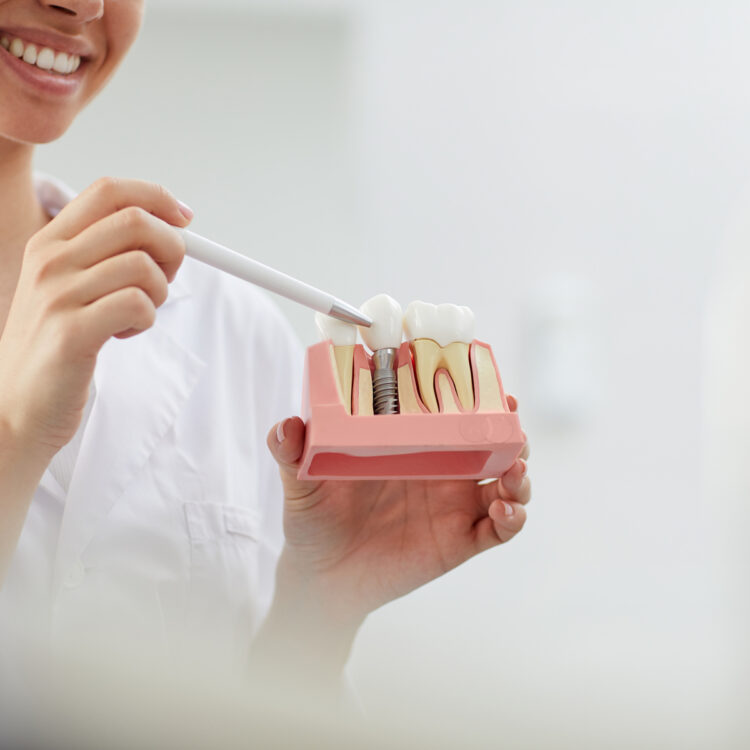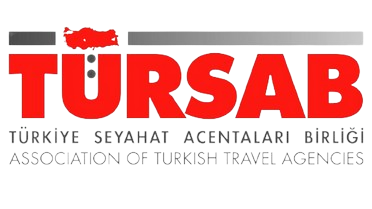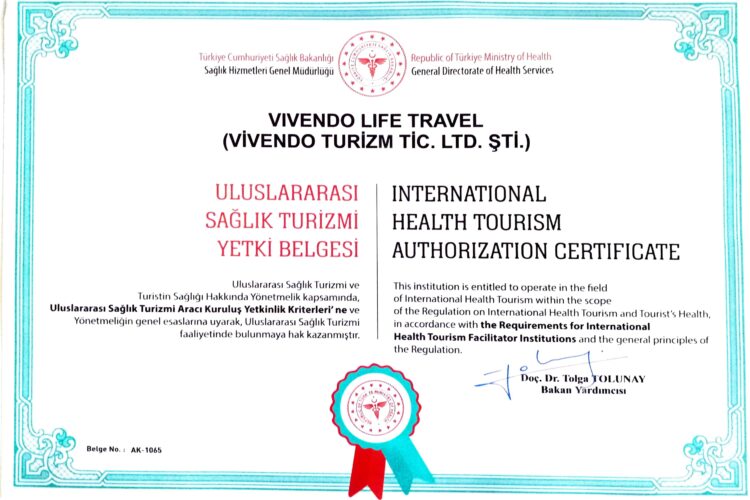We Create Beautiful Smiles
There are several types of oral surgerical procedures performed each year. Some of the most common include single and multiple implants, all on four and all on six implants, zygoma implants, sinus lift operations, PRF applications, bone grafting, soft tissue surgeries, autogenous block grafting, impacted tooth operations, apical resections.

Surgical Procedures
SINGLE AND MULTIPLE IMPLANTS
Dental implants are a popular tooth replacement option for people with one or more missing teeth. Single implants are used to replace a single missing tooth, while multiple implants are used to replace multiple missing teeth.
During the dental implant procedure, a small titanium post is surgically placed into the jawbone to replace the missing tooth root. This post provides a stable foundation for a dental crown or bridge to be placed on top.
single implant is a great option for replacing a single missing tooth. It provides a natural-looking and durable replacement that can last for many years with proper care.
The number of implants needed to replace multiple missing teeth depends on the location and number of missing teeth. In some cases, one implant can support multiple replacement teeth through a bridge or denture.
Overall, dental implants are a great option for people with missing teeth who want a natural-looking and durable replacement option.
Duration: 1 Day
ALL ON FOUR AND ALL ON SIX IMPLANT SYSTEMS
All-on-Four is the solution for patients who want a fixed restoration of their teeth in one day. It allows to receive a non-removable bridge on as few as 4 dental implants in the same day. Even If you are not dental implant candidates due to bone loss, with this treatment you can get your new bright smile in one day.
How does All-on-Four work?
In the All-on-Four technique, implants are placed in areas where the bones are denser. Special implants and special parts are used for this procedure. Immediately after the surgery, a prosthesis is performed on the same day by taking impressions. However, in this system, because the posterior regions of the jawbone cannot be used, 12 teeth are made instead of 14 teeth. But this doesn’t change the chewing function in most patients.
What is All-on-Six?
The All-on-Six dental implant procedure involves the creation of a complete dental prosthesis anchored to the jawbone (top) or mandible (bottom) using six titanium implants that are evenly distributed along the jaw and integrated into the gum. A customized arch, which includes false gums and ceramic or porcelain dentures, is then placed on top of the implants and secured into place. This orthodontic treatment has the advantage of being able to be implanted even with a low volume of jawbone and is intended for patients who are completely or partially edentulous in one or both jaws or who have advanced deterioration of multiple teeth. The All-on-Six procedure can correct bite defects and restore harmonious proportions to the lower face.
All-on-Six vs. ALL-on-Four: what are the differences?
The All-on-Six technique, like All-on-Four, was developed in the 1990s by a Portuguese dentist, Paulo Malo, and funded by the Swedish company Nobel Biocare AB, which specializes in the production of dental implants, identifying it as an ideal alternative to other conventional dental implant techniques. This implantation technique supports a fixed bridge, either with six implants evenly distributed along the jawbone, or with four implants, with the bottom implant anchored at an angle in the bone, when the bone is too degraded to accommodate six implants. Patients with substantial tooth loss, either at the top or bottom, are usually prescribed an All-on-Six implant for better chewing distribution and a more stable and solid implant. Depending on the patient’s condition, he or she will be prescribed one or the other solution. The All-on-Four allows the patient to regain good masticatory function in a shorter period, while a false gum will correct the occlusion invisibly. Finally, an All-on-Four needs the implementation of a half denture, whereas the All-on-Six is fully integrated to the dentition, without the need for a partial denture.
First visit: 3 Days
Second Visit: 7 Days


SINUS LIFT OPERATIONS
A sinus lift is a surgical procedure which some people need before having implants placed in their upper jaw. It involves placing a bone graft between your upper jaw and the membrane of the sinuses that are closest to your back teeth (also known as molars). The sinus lift will then naturally fuse with your jaw, allowing an implant to be placed.
Implants are surgically fused into your jawbone. That means there needs to be enough bone surrounding the implant to allow it to heal properly. As we age, our sinus cavity increases in size and bone loss occurs. This can also happen after an accident, a difficult extraction, if you have gum disease or if you’ve had a cyst or tumour removed. This sometimes means there isn’t enough bone height for dental implants to be placed in the upper jaw. Although it may sound daunting, sinus lifts are a common procedure and will only be carried out by an experienced dentist or surgeon. If you feel particularly anxious about the procedure, let your dentist know and they may be able to offer you dental sedation to help you relax
Internal sinus lift is the surgical intervention which consists of drilling the bone thickness up to the floor of the maxillary sinus which is accurately fractured, without breaking the membrane and the artificial bone is inserted through the hole obtained. This procedure is done when the maxillary sinus is not very low and needs to be lifted with only 1-3 mm. Crestal sinus floor elevation (a second denomination of the technique) was first demonstrated by Summers in 1940, and today it is often used when it comes to bone augmentation and insertion of the dental implant in the same session.
In an external sinus lift, a small window is then opened in the bone. The lining of your sinus is gently pushed up and away from your jaw. Bone is packed in below the sinus. A membrane patch might be placed over the bone graft in the external approach. When the bone is in place the gum is closed with dissolvable stitches. The sinus lift is then allowed to mesh with your own bone, which can take 4-9 months, before placing dental implants. The amount of time depends on the amount of bone needed, and the graft material used.
Duration: 2-3 Days
BONE GRAFTING AND AUGMENTATION
A dental bone graft adds volume and density to your jaw in areas where bone loss has occurred. The bone graft material may be taken from your own body (autogenous), or it may be purchased from a human tissue bank (allograft) or an animal tissue bank (xenograft). In some instances, the bone graft material may be synthetic (alloplastic).
A person with bone loss in their jaw usually needs a dental bone graft. This procedure may be recommended if you:
- are having a tooth extracted.
- plan to replace a missing tooth with a dental implant.
- need to rebuild the jaw before getting dentures.
- have areas of bone loss due to gum (periodontal) disease.
What is Dental Augmentation?
If there is insufficient bone for the placement of dental implants, it becomes necessary to ‘create’ the bone in this area prior to placing implants. This procedure of building up the bone is known as ‘bone augmentation’.
Bone augmentation is a very common procedure in dentistry, and it is used commonly for dental implants and in periodontal procedures around natural teeth.
The best bone is the patient’s own bone (autogenous bone) and this can be taken from other areas of the mouth usually the chin or the back of the lower jaw. Occasionally this bone is taken from areas outside the mouth, such as the hip. When bone is taken from the hip, it is usually done in the hospital by an orthopaedic surgeon and transferred to the dentist doing the implant procedure in the theatre.
Those preferring an easier but, slightly slower solution may opt for bone from other sources that has been specially prepared to make it safe for use in humans. All these materials provide a scaffold for new bone formation.
Duration: 2-3 Days


Surgical Procedures
IMPACTED TOOTH OPERATIONS
Impacted wisdom teeth are third molars at the back of the mouth that don't have enough room to emerge or develop normally. Wisdom teeth are the last adult teeth to come into the mouth (erupt). Most people have four wisdom teeth at the back of the mouth — two on the top, two on the bottom.
Impacted wisdom teeth can result in pain, damage to other teeth and other dental problems. In some cases, impacted wisdom teeth may cause no apparent or immediate problems. But because they're hard to clean, they may be more vulnerable to tooth decay and gum disease than other teeth are. Impacted wisdom teeth that cause pain or other dental complications are usually removed. Some dentists and oral surgeons also recommend removing impacted wisdom teeth that don't cause symptoms to prevent future problems.
Symptoms of a partially impacted tooth may include:
- Bad breath
- Difficulty opening the mouth (occasionally)
- Pain or tenderness of the gums or jawbone
- Prolonged headache or jaw ache
- Redness and swelling of the gums around the impacted tooth
- Swollen lymph nodes of the neck (occasionally)
- Unpleasant taste when biting down on or near the area
- Visible gap where a tooth did not emerge
Duration: 1 Day
WISDOM TOOTH EXTRACTION
Wisdom tooth extraction is a common dental procedure that aims to alleviate discomfort and prevent potential oral health problems associated with the emergence of wisdom teeth.
Wisdom teeth, also known as third molars, are the last set of molars to emerge in the back of the mouth. Typically, they come in during late adolescence or early adulthood. Due to their late eruption, wisdom teeth can often cause various dental issues.
Indications for Wisdom Tooth Extraction:
- Impaction- Wisdom teeth may not have enough space to fully emerge, leading to impaction against neighbouring teeth. This can result in pain, discomfort, and potential damage to adjacent teeth.
- Crowding- Wisdom teeth can cause overcrowding in the mouth, leading to misalignment or shifting of existing teeth.
- Infection or Inflammation- In some cases, wisdom teeth can become inflamed or infected, causing pain, swelling, and difficulty opening the mouth.
- Cyst Formation- Cysts can develop around impacted wisdom teeth, which can cause bone and tooth damage if left untreated.
Duration: 1 Day




